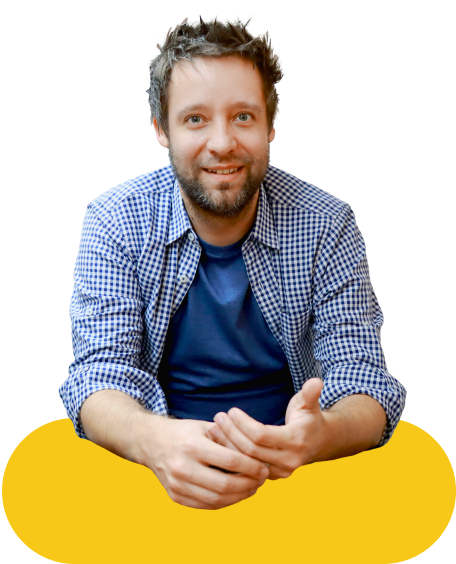🕊️ You are not ideological about technology
You understand that technology is just a tool we use for achieving our goals. There are always trade-offs, and nothing is perfect.
It is great to be opinionated, but there's no room for being dogmatic. You should be open to exploring new tech, but if there are some files in the repo that don't follow the latest best practises, it shouldn't keep you up at night.
🤗 You care
You care about others, the company, the goals, the codebase, the product - about everything. You are curious, involved, and you’re not afraid to speak your mind or roll up your sleeves when needed.
🤝 You are a team player
Building a product is a team sport. You enjoy collaborating cross-functionally to achieve shared goals, and you care about learning, growing, and helping others to do the same. You communicate well, especially in an environment where some people work remotely, and you’re happy to give and receive constructive feedback.

















































